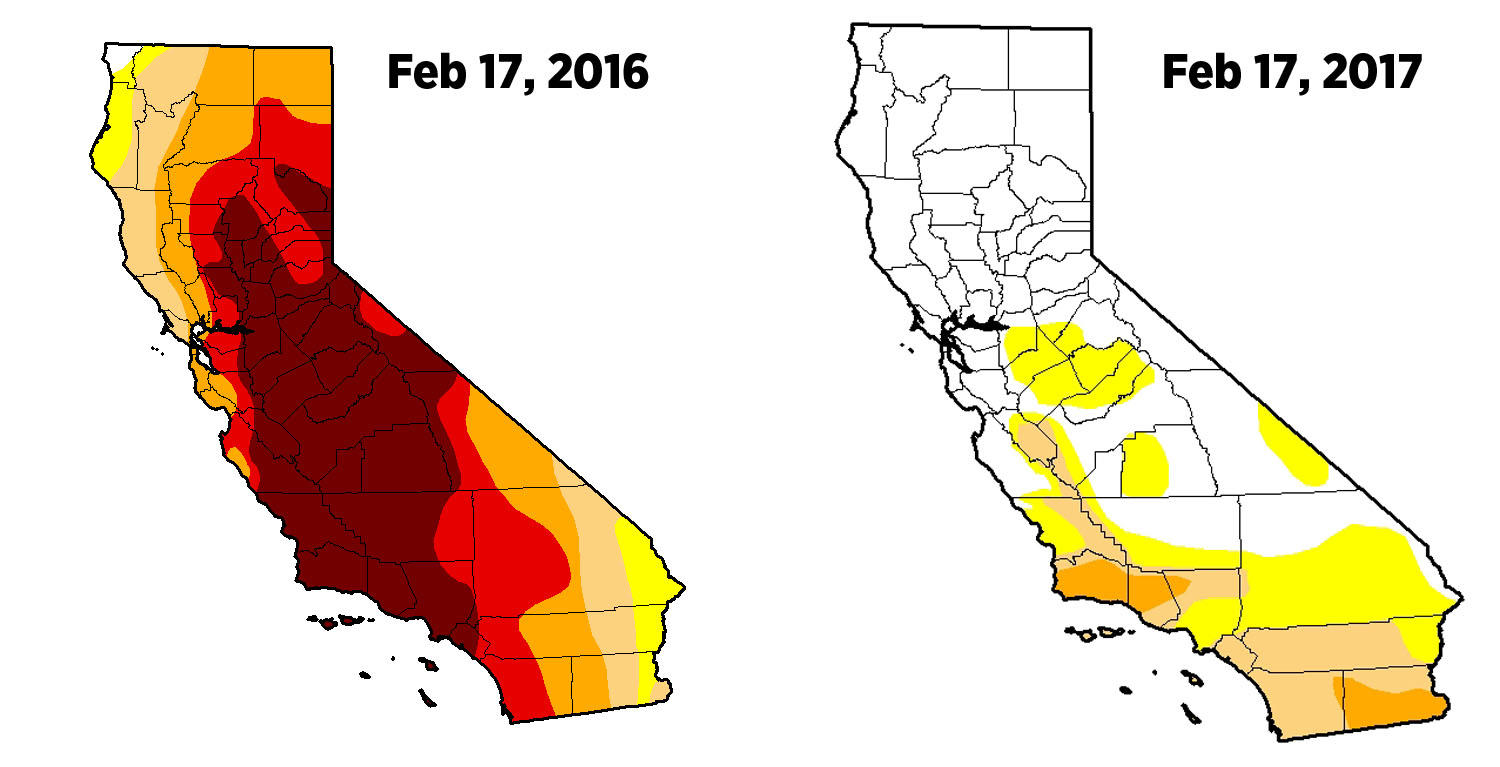
Water is always central to bird conservation in California. That remains true, even with the heavy rains that have dumped on the Golden State in recent weeks.
Meghan Hertel, director of land and water conservation for Audubon California, says that the recent rains have exposed new symptoms of the same issues that have challenged conservation for several years, specifically the limitations of our water management and infrastructure.
“We weren’t prepared for drought, and we weren’t prepared for flood,” Hertel says.
Audubon California has focused much of its water-related work in recent years on the health of the Central Valley refuges, the last vestiges of natural wetlands that provide habitat for millions of migratory waterfowl and waterbirds.
In recent winters, too many of these landscapes have been dry, presenting problems for birds wintering in California. This year, the refuges are flooded, and the wintering birds are getting what they need. But Hertel notes that come July and August, those refuges are going to be dry again. “Then we’ll get to fall again, and we’ll be wondering if these habitats will get the water they need to support birds coming down to winder in California,” she says.
A century ago, millions of acres of Central Valley wetlands supported 40 million migrating waterfowl along the Pacific Flyway. By the 1980s, however, 95 percent of those wetlands had been lost, primarily to supply land and water to California’s sprawling agricultural industry. Farmers benefited from heavy federal subsidies to build the Central Valley Project and deliver inexpensive water from the northern half of the state to the arid San Joaquin Valley. As many large industrial agricultural operations flourished, habitat disappeared and fish and wildlife populations plummeted. Today, 19 Central Valley refuges form a fragile and essential backbone of habitat that millions of birds and other wildlife depend on for survival.
Acknowledging the massive impacts to wildlife from the Central Valley Project, Congress in 1992 passed the Central Valley Project Improvement Act to make protection and restoration of habitat for birds, fish and other wildlife a co-equal goal of the Project. This legislation mandated minimum allocations of water to the network of federal wildlife refuges, state wildlife areas and private wetlands in the Central Valley.
In the entire life of the CVPIA, not once have the refuges received enough water to properly support the birds and other wildlife that depend on them. This is partially due to poor water management, and also due to insufficient infrastructure to transport the water to the refuges.
The State of California in 2014 passed Proposition 1, which will fund several water storage and transportation projects, but those are still in the future. The bigger threat is federal legislation – H.R. 23 – which if passed will undermine the CVPIA and divert water away from the habitat areas.
Hertel says that the current flooding is an opportunity for Californians to rethink how they manage water.
“Right now we’re either storing water behind dams or sending it down rivers to the ocean,” she says. “It’s time for us to push multi-use projects that do more.”
Hertel contends that in times of flood, we should be thinking about how we can spread the water out over the land, recharge our underground aquifers, and create bird habitat. “Look at the flooded Yolo Bypass near Sacramento,” she says. “That’s a great example of a natural system acting exactly as it’s supposed to.”
Those who think that the recent run of storms in California has solved all our problems probably need to take a more cautious stance, Hertel notes. Not only has our aging, insufficient infrastructure been exposed, but we still have empty aquifers that need to be recharged. Parts of the Central Valley have subsided from groundwater pumping, and that’s causing a variety of problems. Million of trees in the Sierra have died, and habitat is converting. Parts of Southern California are still experiencing drought, and that is impacting bird populations.
“One year of rain isn’t going to erase four years of drought,” Hertel says.
By Garrison Frost
Monthly Giving
Our monthly giving program offers the peace of mind that you’re doing your part every day.




